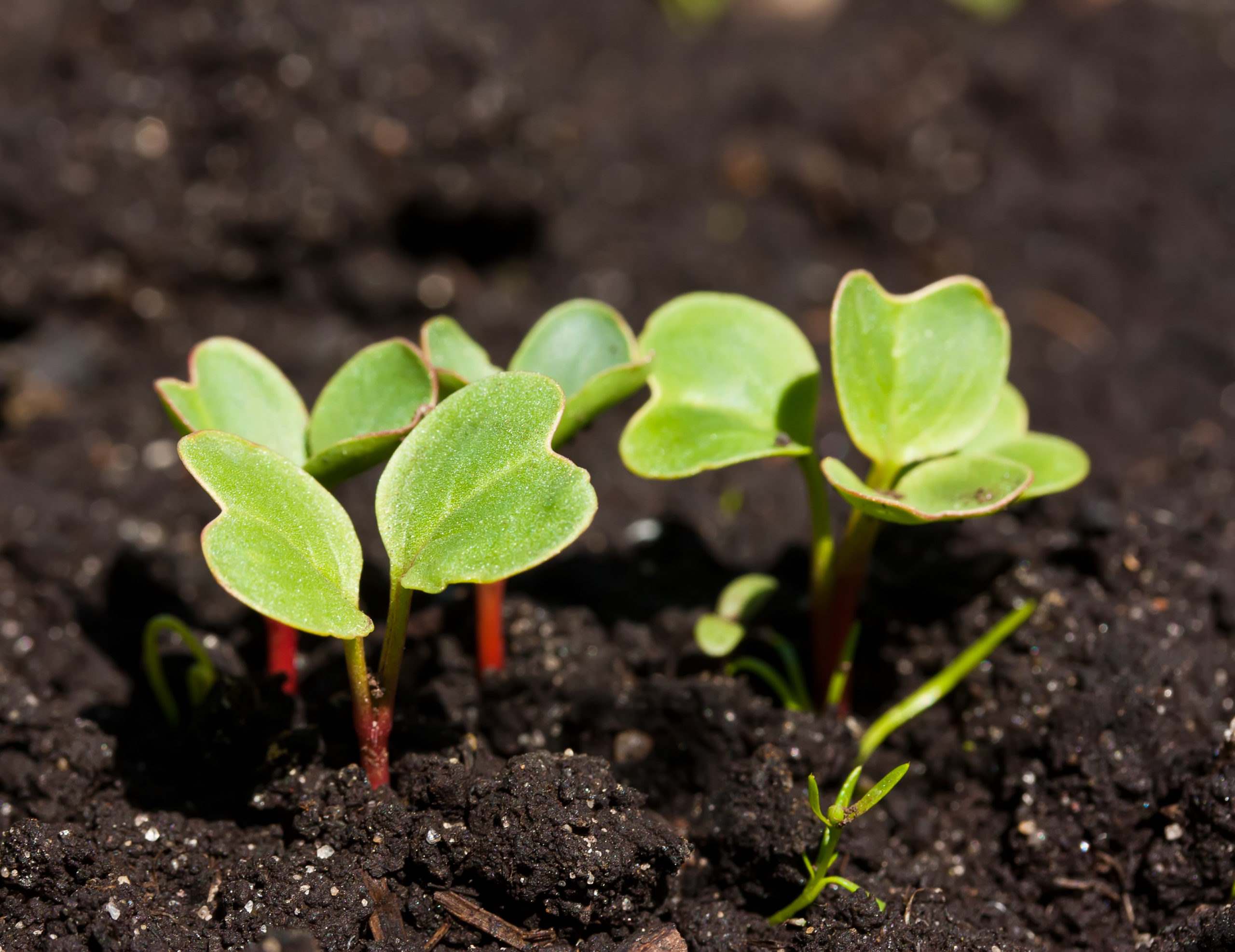Radishes are a cool-season vegetable that grow best when temperatures are mild. Determining the ideal time to transplant radish seedlings is key to getting a good harvest. With the right timing you’ll have tender, crisp radishes ready for eating.
Transplant in Early to Mid-Spring
The optimal window for transplanting radish seedlings is during early to mid-spring. This coincides with the period right before temperatures start to climb.
Radishes thrive in cool conditions. Daytime highs between 60-70°F (16-21°C) and nighttime lows around 50°F (10°C) are ideal. When transplanting in early spring, radishes will have enough time to mature before summer heat arrives.
A spring transplant gives radishes their favored growing environment. They’ll make speedy growth and reach maturity quickly. You can expect radishes transplanted in spring to be ready for harvest in just 3-4 weeks.
Provide Sunny Location with Ample Space
When transplanting radish seedlings, choose a spot that receives full sun. Radishes need at least 6 hours of direct sunlight per day. Less light will result in slow growth and poor bulb formation.
Make sure to leave plenty of room between transplants, Radishes grow best when they aren’t crowded Space transplants 1-3 inches apart in all directions Thinning may be needed as plants grow,
The soil should be loose, fertile, and well-draining. Adding compost improves moisture retention and nutrients. Avoid transplanting seedlings into compacted or soggy soil.
Consider Transplanting Under Protection
One way to get a head start on spring planting is to transplant radish seedlings under protective covers. Cloches, cold frames, hoop houses, and low tunnels all work well.
The enclosed environment warms the soil and protects tender seedlings. Transplants can go in 4-6 weeks before the last expected frost. Just be sure to ventilate on sunny days to prevent overheating.
Row covers directly over transplants are another good option These fabrics shield against cold winds and pests while allowing light and moisture through. Remove covers once the weather has stabilized.
Follow Proper Transplanting Techniques
To transplant radish seedlings successfully, follow these tips:
-
Harden off seedlings for 7-10 days before transplanting. Gradually expose them to outdoor conditions.
-
Water seedlings well and transplant on a cloudy or cool day to reduce transplant shock.
-
Dig holes the same depth as the seedling roots. Handle carefully to avoid damage.
-
Use a pencil to gently separate tangled seedling roots before placing in the hole.
-
Backfill holes with native soil and pat down gently but firmly.
-
Water transplants well immediately after planting and as needed until established.
-
Provide shade for 1-2 days after transplanting if conditions are hot and sunny.
With the right spring timing, proper site preparation, and careful transplanting, radish seedlings will flourish. You’ll be harvesting crisp, mild radishes in no time.
How Do You Thin Radishes?
To solve any little space issues, you can thin your radishes and then replant them. Radishes should be at least an inch apart, and bigger radishes like daikon will need more room. Find the ones that are too close together and remove and replant it. I would choose the one that seems a little more spindly, a little less hardy, than its neighbor.
To remove the young radish plant, lightly pull on the leaves. It might not come out right away. If it does, dig around it with your finger and pull more from the root.
How can you avoid having to thin radishes in the first place?
When planting seeds for a root vegetable like radishes, make sure they are far enough apart to give each root room to grow to its full size. Because radish seeds are small, it’s easy to be lazy and plant them all over the place or too close together.
About two inches should be left between each radish seed, unless you’re growing a bigger radish like a daikon. You should read the back of the seed packet to see how big each taproot should get and how far apart the seed company suggests planting them.
There are a couple gardening tools that can help you follow the seed spacing guidelines. In the picture below, you can see the dibber I use to help me plant radish seeds. It has 4 points spaced perfectly for planting small radishes (2 inches apart). You can use a similar tool to press very lightly into the soil to create shallow holes.

How to Transplant Radishes
FAQ
Do radish seedlings transplant well?
What is the secret to growing radishes?
When to thin radish seedlings?
- The Ultimate Guide to Growing Strawberries in Raised Beds - August 8, 2025
- No-Dig Garden Beds: The Easiest Way to Grow a Beautiful Garden - August 6, 2025
- How to Protect and Preserve Wood for Raised Garden Beds - August 6, 2025

